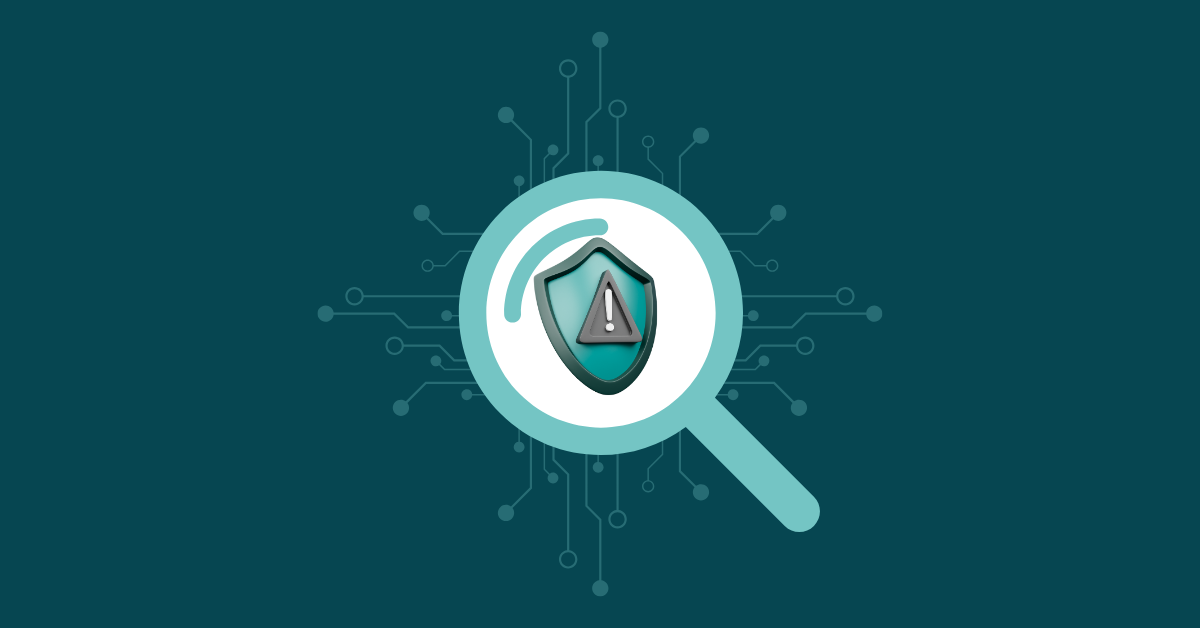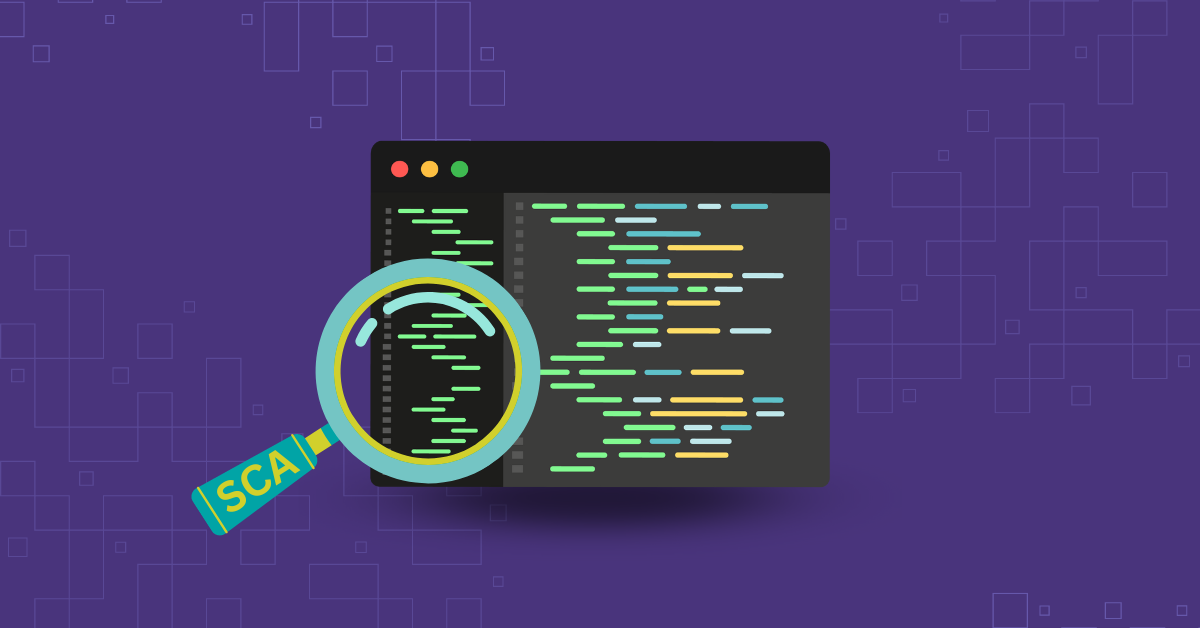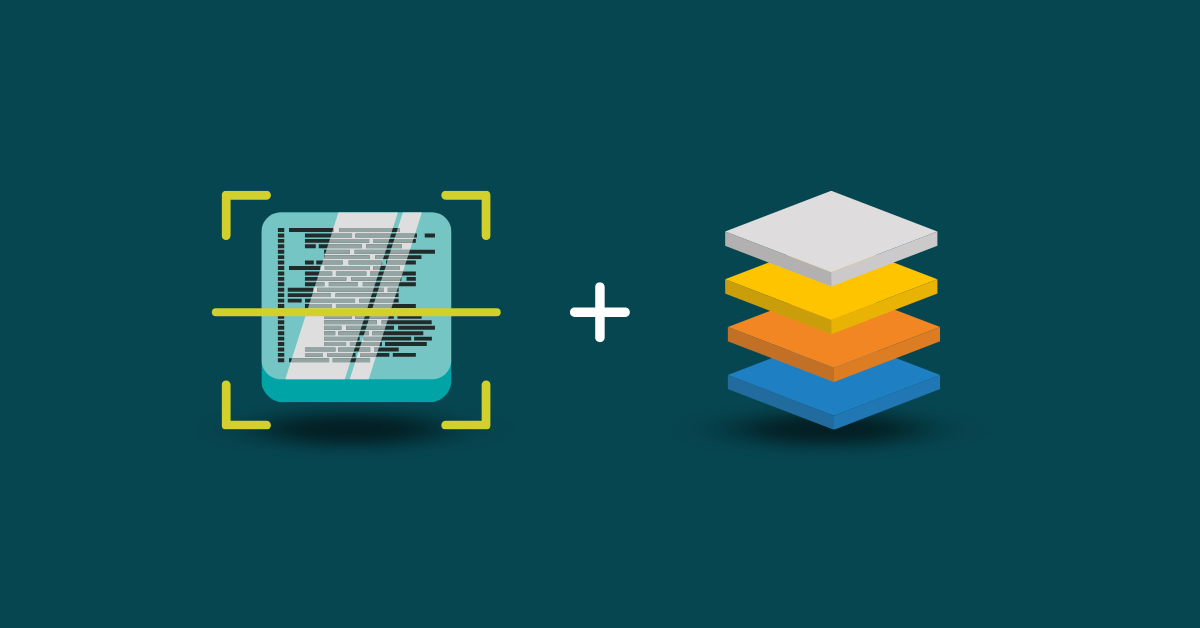

With software development progressing quickly, many developers turn to third-party and open-source components to speed up the build process and add requested user functionality. However, this can lead to risks like additional security vulnerabilities and problems with license compliance.
The last thing businesses want is an open-source component embedded in their website to lead to a security breach. Software composition analysis (SCA) is a methodology designed to help mitigate the risk of using third-party components and manage them more effectively.
SCA tools conduct automated scans of application code bases to locate open-source components. They perform vulnerability detection and, in some cases, provide automated remediation. SCA platforms also look for software licenses, out-of-date dependencies, and potential avenues for exploitation. Upon completion, SCA scans produce a bill of materials (BOM) inventory listing all project software assets.
While SCA isn’t new, the expanded use of open-source components has led to more companies adopting the methodology. It has become a fundamental building block in software development and maintenance. The downsides of not maintaining a proactive stance against cybersecurity exploitation can be steep.
Companies have lost millions because hackers exploit security holes in third-party controls. Hackers are always looking to steal data, hijack systems, and cause other mayhem. Businesses are leaving the door open for just that if they’re not keeping up with the functionality, licensing, and security around third-party components.
These days, it’s common for developers to tap into open-source components when shipping code or adding new features to a software product. These components often rely on other third-party dependencies, expanding the threat surface for cybersecurity thieves to leverage.
If customer information is stolen because of an open-source element in a website, that could mean hefty fines and penalties for a business. That’s in addition to the reputation hit taken once the incident becomes public.
SCA platforms implement a framework that gives teams a complete picture of open-source components. More advanced tools guide the resolution of any issues found within the modules. Below are the key activities involved in SCA.
The inventory process comprehensively lists all components and libraries used to construct an application or system. It’s the foundation of SCA because it involves documenting how each item works, the potential risks it brings, and its impacts on security. Information captured about open-source components usually includes:
Tracking and maintaining an open-source component inventory is continuous throughout CI/CD pipeline integration. It must be updated every time a new third-party module is added, or an existing one is updated.
That’s accomplished by encouraging an open collaboration between developers, architects, and security experts. The last thing organizations need is a lone developer adding something to an essential application that leaves a big security vulnerability.
The analysis phase involves reviewing and evaluating system or application components. That allows organizations to find security vulnerabilities, license compliance issues, and associated risks. Processes involved in the analysis step include:
At this point, organizations start implementing measures to handle and mitigate any risks identified during the analysis step. That includes addressing security risks, ensuring all licenses fall under compliance policy guidelines, and establishing controls around maintaining a secure software environment.
Try to approach SCA implementation to impact users as little as possible. It helps to look for places where an organization can get elements in place quickly without many interruptions for software engineers working on current projects. Below are other best practices to follow when working with SCA tools.
Kiuwan’s comprehensive security platform helps development teams manage the software project throughout the SDLC. Our platform combines the best of SAST and SCA. Developers gain the ability to rapidly locate and remediate vulnerabilities. Request a free trial and experience the benefits of Kiuwan, or click the link below for a free demo. ⬇️


